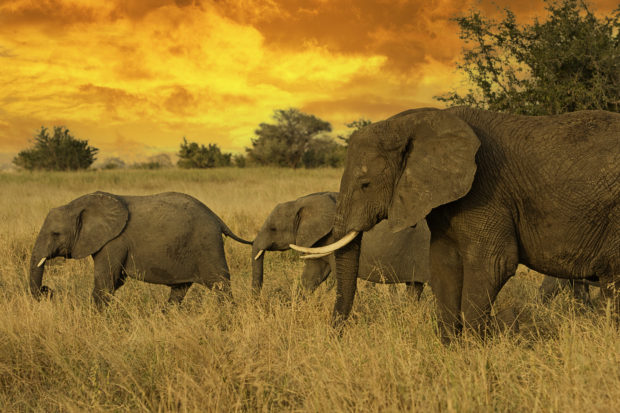Animal populations are known to become devastated during times of social conflict. Still, most examples of “harvest-induced evolutionary change” happen much more gradually.
It can also be difficult to separate harvesting from other possible factors. Nonetheless, Science said, “Our study shows how a sudden pulse of civil unrest can cause abrupt and persistent evolutionary shifts in long-lived animals even amid extreme population decline.”
And while this drastic evolutionary change may make these female elephants less of a target for ivory poachers, the recovery of elephant population and tusks, “may be crucial for ecosystem restoration.”

Elephants rely on their tusks as tools for the excavation and scavenging of food sources.
Without tusks, not only may the instinctual habits of elephants change, but the surrounding environment- such as plant species, tree cover and more- may become impacted.
Unfortunately, the report states that the, “Restoration of these functions may require disproportionately longer time scales than the initial selection event.”
Still, it is important to understand the impacts of human intervention on animal evolution in order to, “properly address design strategies to mitigate them.”

